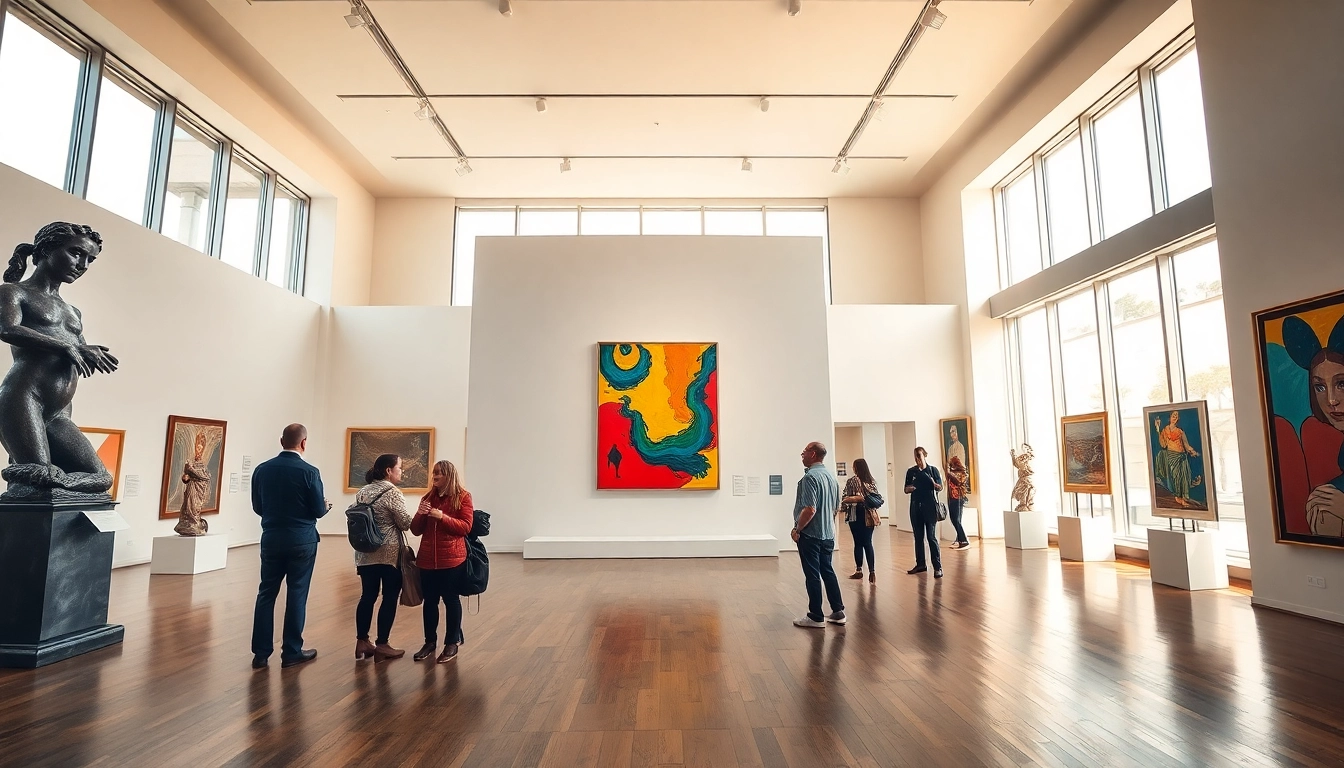Understanding Public Domain Films
What Constitutes a Public Domain Film?
A public domain film is a motion picture that is no longer under copyright protection, allowing the general public unrestricted access to use, redistribute, and display it without acquiring permission or compensating the copyright holder. Copyright laws vary across different countries, which means that the public domain status of a film can differ based on its country of origin and the specific copyright statutes applied at the time of its release and subsequently.
Typically, films enter the public domain for several reasons:
- The copyright term has expired. In many jurisdictions, works created before a certain year (e.g., 1923 in the United States) automatically become public domain.
- The work was never eligible for copyright protection. This includes films released without a copyright notice or films made by the US federal government.
- The copyright owner has explicitly released the film into the public domain.
Key Categories of Public Domain Films
Public domain films can be classified into several key categories, each offering unique value and appeal:
- Classic Films: These are historically significant movies that have shaped the film industry, such as “Nosferatu” (1922) and “The Phantom of the Opera” (1925).
- Educational Films: Many films created for education or public awareness often fall into the public domain, offering scholars and educators resources for teaching and learning.
- Silent Films: A large majority of early cinema is in the public domain, providing insight into the film techniques and narratives of the time.
- Animation: Animated shorts, such as Disney’s early works before the 1930s, are often available in the public domain.
The Benefits of Public Domain Films
Engagement with public domain films brings several advantages, including the following:
- Accessibility: Public domain films can be accessed freely by anyone, making classic cinema available to diverse audiences.
- Creative Reuse: Artists and filmmakers can utilize, remix, and adapt these films in their projects, feeding into a cycle of inspiration and innovation.
- Educational Value: Public domain films serve as historical artifacts that can be used to study film history, cultural shifts, and artistic movements.
- Preservation of Culture: These films help preserve important elements of cultural history that might otherwise be forgotten or lost.
Historical Context of Copyright and Public Domain
Evolution of Copyright Laws in Film
The journey of copyright laws has evolved significantly since the inception of film. The U.S. copyright system began in 1790, but it wasn’t until the advent of motion pictures in the early 20th century that specific protections were addressed in copyright law. Initially, films were considered similar to books, subjected to similar copyright rules.
It wasn’t until 1909 that a clear copyright framework for film was established, which included a term lasting 28 years, renewable for another 28. Over the decades, these protections have been extended numerous times, with significant legislation such as the Copyright Act of 1976 and the Sonny Bono Copyright Term Extension Act of 1998.
Major Changes Impacting Public Domain Status
Several pivotal changes have influenced how and when films enter public domain:
- Copyright Duration Extensions: With each major reform, the duration of copyright protection has increased, which can delay public domain status.
- Changes in International Treaties: Agreements like the Berne Convention affected how nations handle copyright protections for films, further complicating the public domain landscape.
- Digital Archives: As films are digitized, access to these public domain works becomes more feasible, redistributing their relevance in modern culture.
Notable Public Domain Films Through History
Numerous films that have achieved public domain status are regarded as cultural landmarks:
- The Birth of a Nation (1915) – Though controversial, this film exemplifies early cinema’s influence.
- It’s a Wonderful Life (1946) – Often screened during the holiday season despite copyright misconceptions.
- Night of the Living Dead (1968) – A pivotal work in horror cinema now available for free public viewing.
- His Girl Friday (1940) – A celebrated screwball comedy that showcases the era’s film techniques.
Exploring Public Domain Film Resources
Where to Access and Watch Public Domain Films
There are various platforms and resources for accessing public domain films:
- Internet Archive: A vast library where users can stream or download thousands of public domain films.
- LibriVox: Offers audio recordings of public domain audiobooks often adapted from public domain films.
- Public Domain Torrents: A repository of public domain movies available for free download.
Top Websites for Public Domain Films
Specific websites specialize in making public domain films easily accessible. Notable mentions include:
- PublicDomainMovies.net – Offers a diverse range of classic films accessible to all.
- Archive.org – Acts as a comprehensive database for archived videos, including public domain films.
- National Film Registry – Showcases important films preserved in the public domain.
Techniques for Finding Hidden Gems
Discovering lesser-known public domain films can enhance viewers’ experiences:
- Explore Film Festivals: Many festivals showcase public domain films in unique programs.
- Follow Curated Lists: Websites like Wikipedia frequently update lists of public domain films worth viewing.
- Engage with Online Communities: Forums and groups specializing in public domain films often share recommendations.
Public Domain Films in Modern Culture
Impact of Public Domain Films in Education
Public domain films hold substantial educational value:
They provide teachers with valuable teaching tools that can be integrated into curricula. Film studies programs utilize public domain films to explore techniques, genres, and historical contexts. Additionally, documentaries might harness footage from these films to ground their narratives effectively.
Usage in Media and Creative Projects
Public domain films serve as resources for contemporary creatives:
Filmmakers frequently incorporate scenes or elements from public domain films in new works, allowing reinvention and homage. For example, filmmakers might remix iconic moments or adapt narratives, providing audiences with fresh perspectives on the originals.
Furthermore, online platforms encourage user-generated content that leverages public domain material. This intertwining of classic and modern storytelling fosters a vibrant culture of media re-engagement.
Community and Fan Engagement with Public Domain Films
Public domain films have cultivated dedicated communities:
Fans engage through online forums, retrospective screenings, and social media discussions, sharing analyses, fan art, and creative reinterpretations. Various platforms allow fans to collaborate on remastering or subtitling older public domain films, simultaneously preserving and celebrating cinematic history.
Future of Public Domain Films
Trends Affecting Public Domain Availability
Several emerging trends indicate how public domain films might evolve:
- Digital Preservation: As technology advances, more films risk becoming lost artifacts, leading to a renewed focus on acquiring and preserving public domain films.
- Globalization of Film: The expanding global film market means diverse cultural films may gradually enter the public domain, influencing how audiences engage with international cinema.
- Policy Advocacy: Organizations are increasingly advocating for more streamlined copyright reform to preserve cultural heritage and promote access.
Predictions for the Next Generation of Public Domain Films
Future projections suggest a growing impact of public domain films:
The expansion of the public domain may see classic films reimagined for contemporary audiences, and with rising media consumption, the incorporation of these works into digital platforms may become a norm. This interconnectedness offers a greater saturation of public domain content, appealing to both nostalgic viewers and new fans alike.
How to Advocate for More Public Domain Films
Encouraging the availability of public domain films is paramount:
Individuals can engage in advocacy by supporting organizations focused on copyright reform and public access. Raising awareness through educational forums and discussions can put additional pressure on decision-makers to prioritize creative works continuing to fall into the public domain. Additionally, participation in film preservation initiatives will contribute significantly to the safeguarding of cultural works for future generations.



